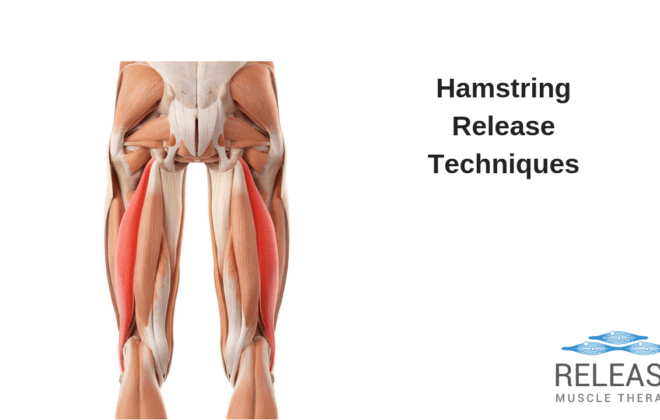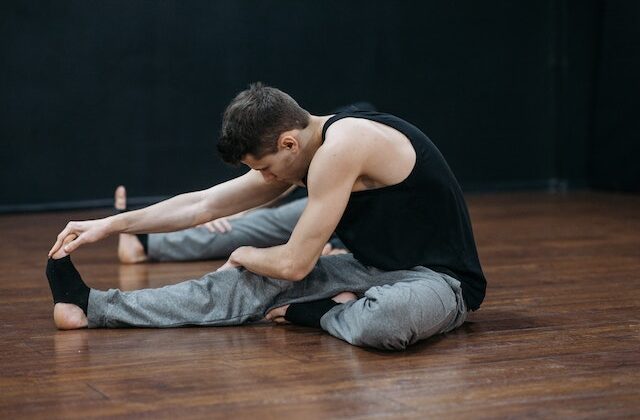Best Hamstring Exercises for Tendinopathy
Hamstring tendinopathy is a common issue among athletes and active individuals, particularly those involved in sports that require explosive movements or repetitive running and jumping. In this article, we will explore effective hamstring exercises for tendinopathy, focusing on strengthening the muscles to promote healing and prevent future injuries. If you’re not sure if you’re ready, check out the 5 tips for returning to exercise after tendinopathy.

Exercise 1: Nordic Hamstring Curls
Nordic hamstring curls are a popular and effective exercise for hamstring tendinopathy. They help to strengthen the muscles and tendons while also increasing flexibility and range of motion. Warning! These are not for beginners. Make sure you’re ready for these before attempting. Additionally make sure you have adequate abdominal strength, which you can refer to this post about lower ab exercises.
How to perform Nordic hamstring curls:
1. Kneel on a soft surface with your knees hip-width apart.
2. Have a partner hold your ankles firmly, or anchor your feet under a heavy object.
3. Slowly lower your body towards the ground, keeping your core engaged and hips extended.
4. Use your hamstrings to control your descent as much as possible.
5. Push yourself back up to the starting position, using your arms for assistance if needed.
Sets and Repetitions: 3 sets of 4-6 repetitions, with a 2-minute rest between sets. As you become stronger, you can gradually increase the number of repetitions.
https://www.youtube.com/watch?v=k3R6LCLxAJs
Exercise 2: Swiss Ball Hamstring Curls
Swiss ball hamstring curls target the hamstring muscles and help to improve balance and stability.
How to perform Swiss ball hamstring curls:
- Lie on your back with your legs extended and heels resting on top of a Swiss ball.
- Place your arms flat on the ground by your sides for support.
- Engage your core and lift your hips off the ground, forming a straight line from your shoulders to your heels.
- Bend your knees and roll the ball towards your body using your hamstrings, while keeping your hips elevated.
- Slowly extend your legs and return the ball to the starting position.
Sets and Repetitions: 3 sets of 10-12 repetitions, with a 90-second rest between sets.
Exercise 3: Romanian Deadlifts
Romanian deadlifts are an excellent exercise for strengthening the hamstrings and glutes, which can help alleviate hamstring tendinopathy symptoms. It is also a way to functionally stretch your hamstrings while strengthening. For more on this learn why you should stop stretching your hamstrings in isolation.
How to perform Romanian deadlifts:
- Stand with your feet hip-width apart, holding a barbell or dumbbells in front of your thighs with a pronated grip (palms facing your thighs).
- Keep your chest lifted and shoulders pulled back, maintaining a neutral spine.
- Hinge at the hips and lower the weight towards the ground, keeping your legs slightly bent and the weight close to your body.
- Push your hips back as you lower the weight, feeling a stretch in your hamstrings.
- When you reach a comfortable stretch, engage your glutes and hamstrings to return to the standing position, extending your hips fully at the top.
Sets and Repetitions: 3 sets of 8-10 repetitions, with a 2-minute rest between sets.
Exercise 4: Single-Leg Hip Thrusts
Single-leg hip thrusts are a great exercise for isolating the hamstrings and glutes, which can contribute to hamstring tendinopathy recovery and prevention.
How to perform single-leg hip thrusts:
- Sit on the ground with your upper back against a bench, step, or sturdy surface.
- Plant one foot firmly on the ground with your knee bent, and extend the other leg straight out in front of you.
- Hold onto the bench or step for support, and engage your core.
- Press through the heel of your planted foot and lift your hips towards the ceiling, keeping your extended leg in line with your torso.
- Lower your hips back to the ground, maintaining control throughout the movement.
Sets and Repetitions: 3 sets of 8-10 repetitions per leg, with a 90-second rest between sets.
Progressing Exercises and Monitoring Symptoms
As you progress through your hamstring tendinopathy rehabilitation, it’s essential to monitor your symptoms and adjust your exercise routine accordingly. Here are some tips for progressing your exercises and tracking your recovery:
- Gradual progression: Increase the intensity, sets, or repetitions of the exercises slowly, allowing your body to adapt and recover. Avoid making large jumps in exercise difficulty or volume, as this may exacerbate your symptoms.
- Listen to your body: Pay attention to any discomfort or pain during and after exercise. Some mild discomfort during exercise may be acceptable, but if pain persists or worsens, consider reducing the intensity or modifying the exercise.
- Rest and recovery: Ensure you are giving your body enough time to recover between exercise sessions. Proper rest is crucial for tissue healing and can help prevent setbacks in your rehabilitation.
- Warm-up and cool-down: Always include a thorough warm-up before exercising, focusing on dynamic movements that target the hamstrings and surrounding muscles. A proper cool-down, including stretching and foam rolling, can help improve flexibility and reduce muscle soreness.
- Consult a professional: If you are unsure about your exercise progression or continue to experience persistent pain, consult a kinesiologist, physical therapist, or other healthcare professional for personalized guidance and recommendations.
By incorporating these hamstring exercises for tendinopathy into your routine and monitoring your symptoms as well as getting quality massage therapy, you can help promote healing and prevent future hamstring injuries. Always remember to progress gradually, listen to your body, and seek professional advice when needed.
Sam Visnic
Most Popular Posts
Categories
- Deep Gluteal Pain Syndrome (8)
- Deltoids (2)
- Foam Rolling (2)
- Glutes (9)
- Hamstrings (5)
- Hypnosis for Pain (3)
- Lats (2)
- Levator Scapulae (4)
- Lifestyle (8)
- Massage Therapy (39)
- Mobility (21)
- Movement and Exercise (19)
- Muscles (22)
- Nutrition (2)
- Obliques (1)
- Pain (25)
- Pectorals (3)
- Piriformis (3)
- Plantar Fasciitis (11)
- Psoas (11)
- Quadratus Lumborum (3)
- Quadriceps (2)
- Rhomboids (3)
- Sciatica (1)
- Serratus Anterior (1)
- SI Joint (14)
- Sternocleidomastoid (1)
- Stretching (18)
- Subscapularis (1)
- TMJ (2)
- Trapezius (1)
- Uncategorized (12)









